Rivers never sleep, and neither do the salmon that call them home. Every year, millions of these remarkable fish embark on an incredible journey from the Pacific Ocean back to the mountain streams where they were born. But their path isn’t the same as it was centuries ago. Today, massive concrete barriers stand in their way, challenging one of nature’s most impressive migrations. In Idaho’s rushing waters, however, something exciting is happening. Engineers and biologists are working together to create smarter, more fish-friendly dam technology that’s giving salmon a fighting chance to reach their ancestral spawning grounds. The stakes couldn’t be higher. Salmon populations have plummeted dramatically over the past decades, with some runs hanging by a thread. But innovative solutions are emerging from laboratories and river systems across the Pacific Northwest, offering new hope for these iconic fish. So let’s get started and explore how cutting-edge technology is revolutionizing the way salmon navigate Idaho’s dams.
The Challenge: Why Dams Are Such Formidable Obstacles

These dams block access to approximately one-third of the habitat once available to salmon and steelhead in the Columbia River Basin. The sheer scale of this habitat loss is staggering when you consider that salmon need specific spawning grounds to complete their life cycle. Every concrete wall they encounter represents a potential dead end for an entire generation. Traditional fish ladders, while better than nothing, often work like a poorly designed staircase. Imagine trying to climb stairs where each step is three feet high and you have to jump through rushing water. When dams were first built on the big rivers in the Pacific Northwest, fish ladders were a new idea. No one was sure how well they would work at letting fish swim past a dam. The early results were mixed at best, with many fish simply unable to navigate these primitive passage systems.
Counting Fish: The Pulse Check of Salmon Health

When it comes to Idaho’s migrating salmon and steelhead, we can get a quick idea of the health of the populations by counting the number of fish passing dams on their migration. Like a pulse, it doesn’t tell us everything, but it is a good first cut at how healthy our fish populations are. This monitoring happens year-round, with trained observers watching through windows in fish ladders. The counting process reveals both encouraging and troubling trends. Even today, counters trained to identify salmon and other fish species observe a window showing the inside of a fish ladder. They use mechanical counters to keep track of fish swimming upstream and subtract any fish seen going downstream. These daily counts provide crucial data that helps biologists understand migration patterns and survival rates.
Survival Rates Tell a Sobering Story

Recent data from Idaho reveals the harsh reality facing salmon as they navigate dam systems. Typically, about 80% of the fish destined for the upper Salmon, Little Salmon, and Snake rivers that pass over Bonneville Dam will eventually make it to Idaho. Based on passage data at Lower Granite Dam, it looks like we will see similar survival rates this year. While eighty percent might sound decent, remember that these fish face multiple dams on their journey. The situation becomes more concerning when environmental factors come into play. Most suspect this slow migration is due to the warm water temperatures occurring in the Columbia and Snake rivers. At this point, we don’t know how many fall Chinook Salmon will make it to Idaho, but in years when we saw slower travel times, survival rates during their migration from Bonneville Dam to Lower Granite Dam approached 50%. These numbers highlight how climate change adds another layer of complexity to salmon survival.
Revolutionary Fish Passage Systems: The “Salmon Cannon” Evolution
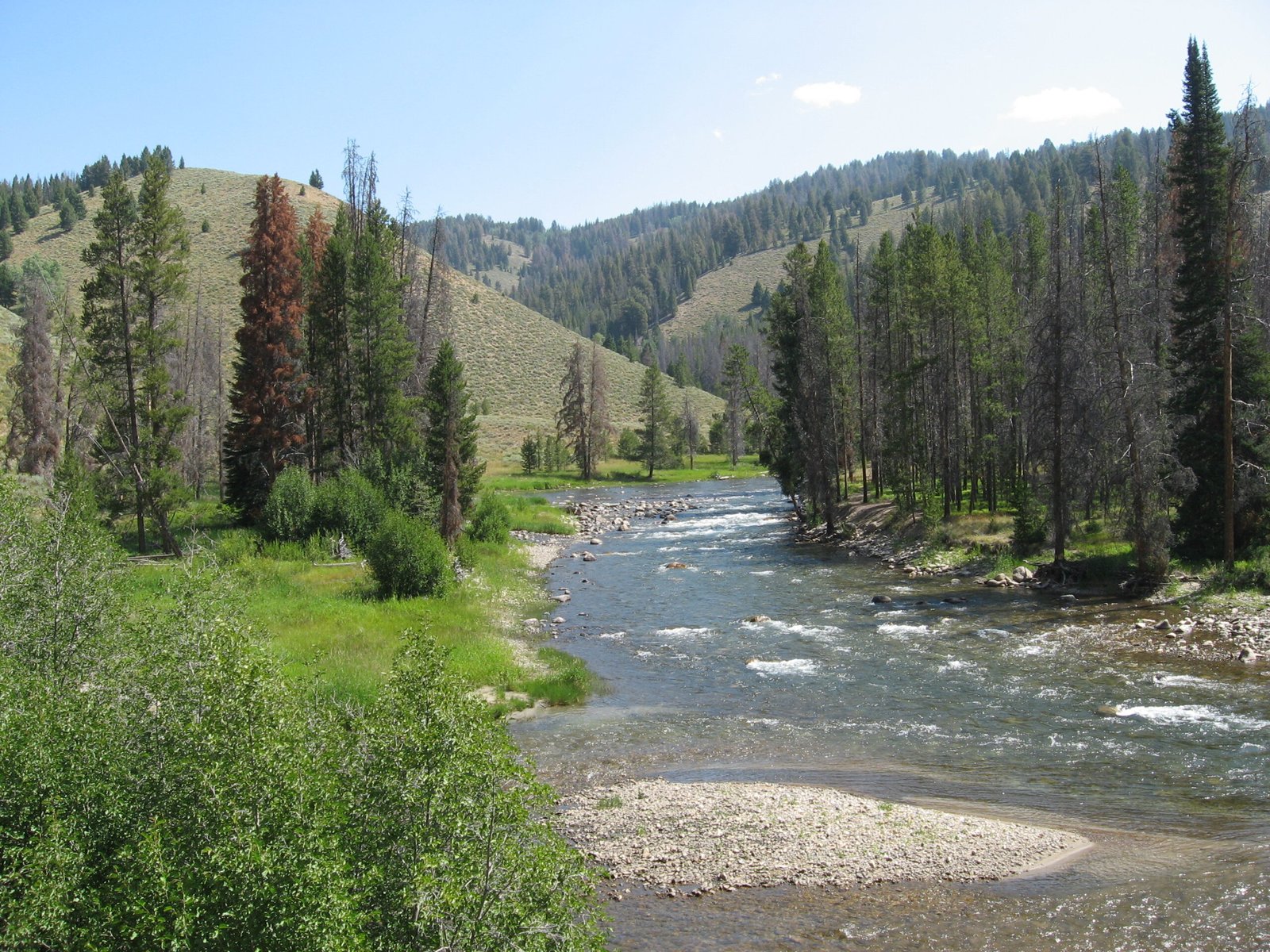
One of the most innovative solutions making headlines is the Whooshh Passage Portal, successor to what social media dubbed the “salmon cannon.” The Whooshh Passage Portal, successor to the “salmon cannon,” uses a pneumatic tube to safely move fish like salmon and herring over dams. This system works by creating a gentle suction that carries fish through flexible tubes from the base of a dam to the reservoir above. What makes this technology particularly exciting is its smart sorting capability. This not only allows biologists to keep track of what sort of fish are in the river, but it also lets the system “refuse entry” to undesirable species. If an invasive species of fish is detected, for instance, it can simply be diverted (via a gate) back into the river below the dam. This dual function of helping native fish while blocking invasive species represents a significant advancement in dam technology.
Turbine Technology Gets a Fish-Friendly Makeover
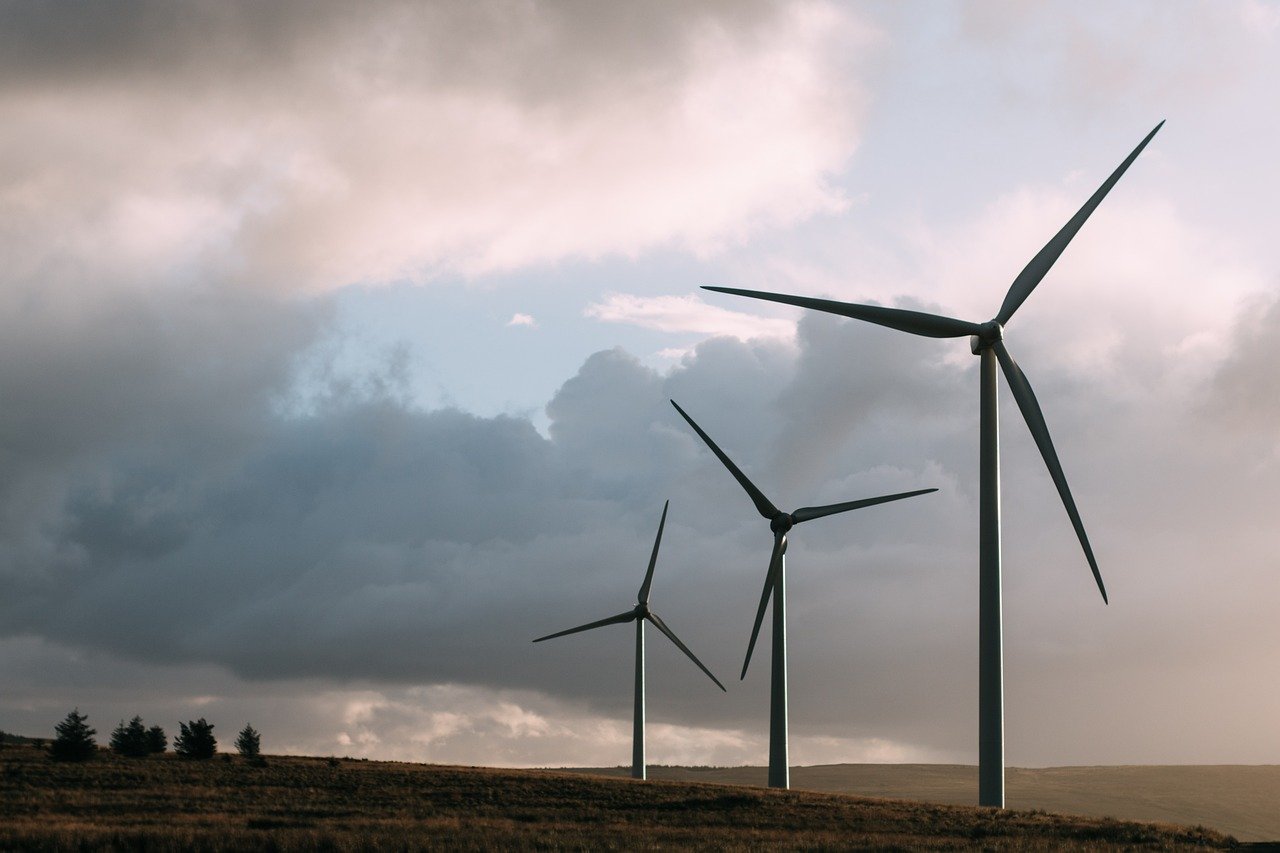
Engineers aren’t just focusing on helping fish go around dams – they’re also making the dams themselves less deadly. Another example is from the U.S. Army Corps of Engineers, which installed another type of turbine at the Ice Harbor Dam on Snake River in 2016. Since then, fish passing through those turbines have had a survival rate of 98%, compared to about 94% with conventional turbine designs. An eight percent improvement might not sound like much, but it represents thousands of additional salmon surviving their downstream journey. These new turbine designs focus on reducing the physical trauma that fish experience when passing through hydroelectric facilities. Think of it like the difference between going through a blender versus a gentle water slide – the end result is dramatically different for the fish involved.
High-Tech Monitoring and Biological Response Models
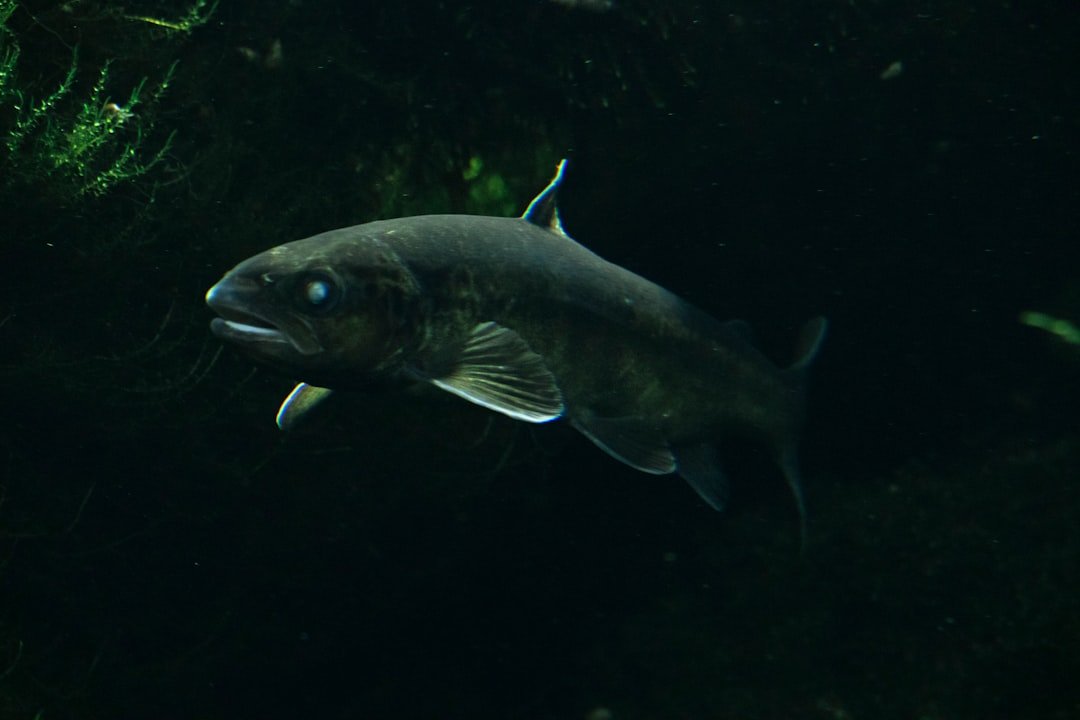
Modern fish passage research relies heavily on sophisticated monitoring tools that provide unprecedented insights into fish behavior. The project also supported the development of Sensor Fish, a cylindrical sensor that can collect data on the physical experiences of fish as they pass through dams to assess the impact of new turbine designs on fish passage. Underlying these technologies are biological response models that summarize how fish respond to physical stresses associated with turbines and other structures, like collisions and rapid water pressure changes. These sensors essentially experience what a real fish would experience, providing engineers with detailed data about pressure changes, impacts, and other stresses. PNNL researchers have developed and collected models for more than 20 species of fish. This species-specific approach recognizes that different fish have different swimming abilities, body structures, and behaviors that affect how they navigate dam systems.
Federal Investment and Infrastructure Improvements
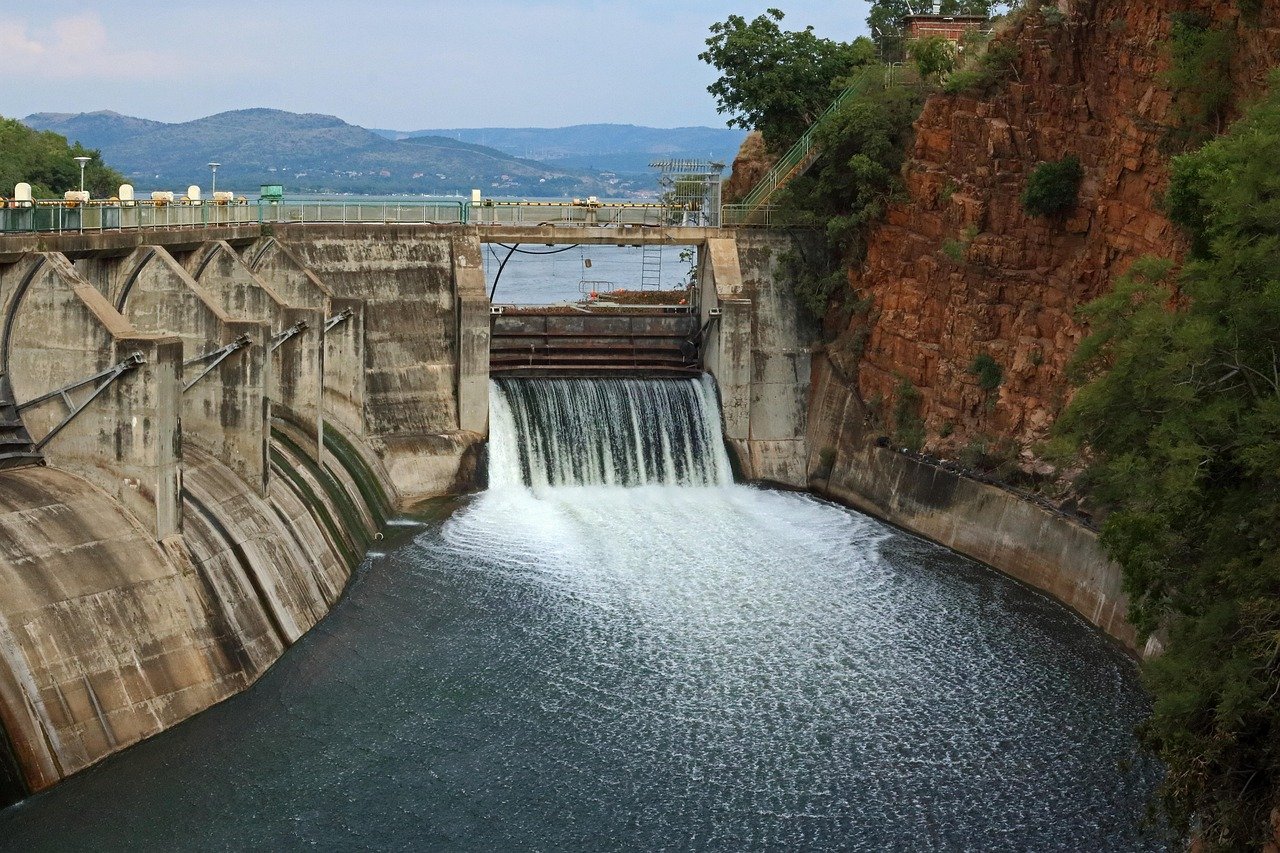
The federal government is backing these technological advances with significant funding. Fish and Wildlife Service announced 29 states will receive just over $70 million to support 43 projects that will address outdated or obsolete dams, culverts, levees and other barriers fragmenting the nation’s rivers and streams. This investment represents a recognition that fish passage isn’t just an environmental issue – it’s also about flood control, infrastructure resilience, and economic benefits for local communities. Some projects are taking the bold step of removing dams entirely. When implemented, the project will reconnect over 1,500 miles of habitat for steelhead trout, Chinook salmon, and Tribal trust species like Pacific lamprey, while also creating benefits for water quality, recreation, and flood risk reduction. Dam removal represents the ultimate fish-friendly technology – simply giving rivers back their natural flow patterns.
Looking Forward: The Future of Fish-Friendly Dams
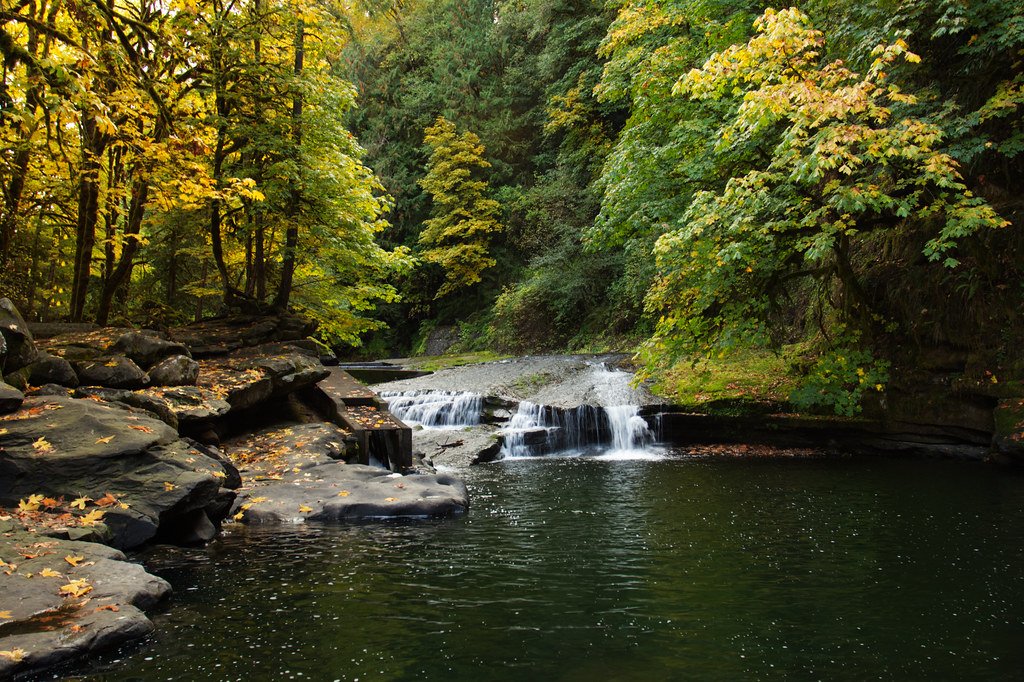
The technology continues to evolve rapidly. In fall 2023, WPTO announced six research and development projects focused on fish passage and protection will receive a total of $6.3 million in funding. These projects advance a variety of technologies, including a fish entry and transport system, an automated tool to track and classify fish moving through fish ladders, two evaluations of the RHT on different fish species, a new fish passage technology that could support multiple species, and a fish ladder designed specifically for East Coast species. This diversified approach recognizes that no single solution will work for all rivers and all species. Success stories are beginning to emerge from these investments. A revolutionary fish passage system designed by Whooshh Innovations, who normally use the technology to safely transport fish over dams, assisted thousands of salmon by helping them overcome a river blockage in the remote Canadian wilderness, helping to saving the run. The importance of the fish passage system working in real-time under challenging conditions speaks to Whooshh’s ability to create effective solutions to the fish-related challenges faced by hydropower project owners. Real-world applications like this demonstrate that these technologies aren’t just laboratory curiosities – they’re practical solutions that can make a difference in the wild. The future of Idaho’s salmon depends on continued innovation and investment in these fish-friendly technologies. While the challenges are significant, the combination of improved turbine designs, smart passage systems, enhanced monitoring, and strategic dam removals offers genuine hope. These aren’t just engineering marvels – they’re lifelines for species that have called Pacific Northwest rivers home for thousands of years. What do you think about these technological solutions? Can engineering truly bridge the gap between human infrastructure needs and wildlife conservation?




